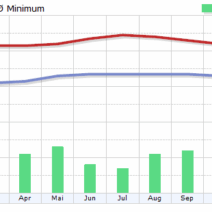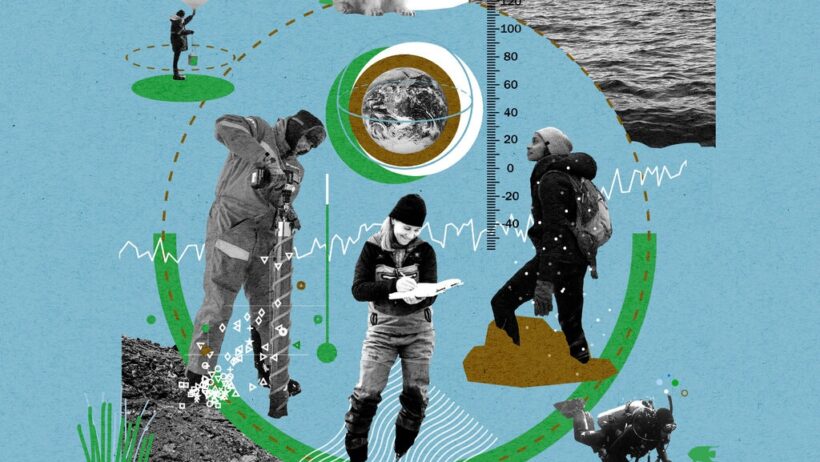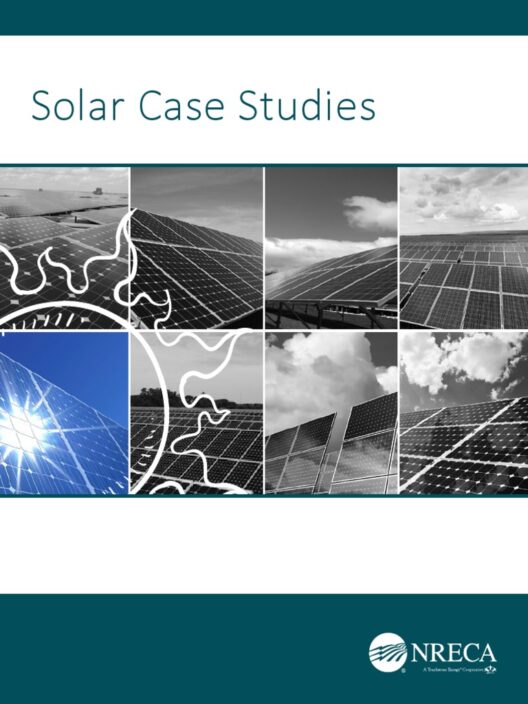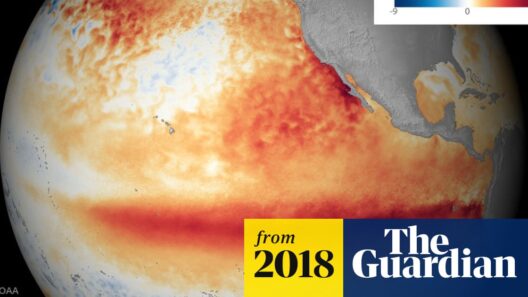Global warming represents one of the most pressing challenges of our time, intricately entwined with human activity. To comprehend how humans contribute to this phenomenon, it is essential to delve into the multifaceted interactions between our behaviors, societal development, and natural ecosystems. This exploration not only illuminates the mechanisms behind climate change but also prompts a reconsideration of our role within the planetary ecosystem.
At the core of human-induced climate change lies the emission of greenhouse gases (GHGs). These gases—carbon dioxide (CO2), methane (CH4), nitrous oxide (N2O), and fluorinated gases—trap heat in the atmosphere, creating a greenhouse effect that is essential for sustaining life. However, the relentless increase in GHG concentrations is primarily a byproduct of anthropogenic activities, with CO2 being the most significant contributor. The genesis of this problem is rooted in industrialization, which has propelled global economies into a dependency on fossil fuels, such as coal, oil, and natural gas, for energy production.
Fossil fuel combustion for electricity and heat is a predominant source of CO2 emissions. Power plants, industries, and transportation systems burn fossil fuels, releasing vast quantities of CO2 into the atmosphere. The growth of urban centers and the concomitant demand for electricity have exacerbated this issue. It is estimated that energy-related emissions account for nearly three-quarters of global GHG emissions. The phenomenon is visceral; every light switch flipped or vehicle ignited is intertwined with a broader narrative of climate disruption.
Beyond fossil fuel consumption, deforestation plays a critical role in exacerbating global warming. Forests act as carbon sinks, absorbing CO2 from the atmosphere. When forests are cleared for agriculture, logging, or urban development, not only is this vital carbon sequestration process halted, but the carbon stored in trees is released back into the atmosphere, amplifying GHG concentrations. The Amazon rainforest, often referred to as the “lungs of the Earth,” is experiencing unprecedented rates of deforestation, which trigger cascading effects on biodiversity and exacerbate climate instability.
Agriculture, a cornerstone of human civilization, also contributes significantly to global warming. While necessary for food production, the modern agricultural practices employed worldwide are not without consequence. Livestock farming results in the emission of methane, a potent greenhouse gas that has a global warming potential many times stronger than CO2. As demand for meat and dairy products burgeons, so too does the scale of livestock production, escalating methane emissions. Furthermore, the use of nitrogen-based fertilizers in crop production emits nitrous oxide, another GHG, illustrating how our dietary choices influence the climate.
Industrial processes extend the climate impact further, as many manufacturing activities release various greenhouse gases either directly or indirectly. From cement production to chemical manufacturing, each sector emits substantial quantities of CO2. The reliance on heavy industry, particularly in developing economies, further highlights the delicate balance between economic growth and environmental sustainability. The challenge is not solely one of cutting emissions, but of redefining growth itself in a way that respects ecological limits.
Transportation is omnipresent in the human experience, and its contribution to global warming cannot be understated. The transportation sector generates a significant share of global CO2 emissions, primarily through road transport, aviation, and shipping. Cars and trucks powered by gasoline and diesel are major contributors. While electric vehicles are gaining traction, the infrastructure and energy sources that support this transition must be navigated carefully to avoid simply shifting emissions from one sector to another. Public transit systems, cycling, and pedestrian pathways present alternatives that can alleviate pressure on the environment.
Human consumption patterns further entrench the crisis of global warming. The pervasive culture of consumption drives manufacturing and resource extraction, leading to waste generation and energy demand that contribute to GHG emissions. The lifecycle of goods—extraction, production, distribution, use, and disposal—is laced with emissions. This linear economy contradicts sustainability principles, prompting a call for a circular economy that prioritizes resource efficiency, recycling, and sustainable design. Each individual and collective choice matters, illustrating how personal behaviors ripple through a larger environmental tapestry.
The interplay between human activity and climate change is not merely a linear equation; it is an intricate web of cause and effect. The socio-economic structures that govern our lives dictate our environmental impacts. This systemic approach also reveals inequities in climate action and responsibility. Developing countries, often the least responsible for historical GHG emissions, frequently bear the brunt of climate change’s devastating effects. Climate justice emerges as a crucial paradigm, demanding equitable solutions that consider historical emissions and the capacity of nations to adapt.
While the challenge is daunting, hope resides in the collective human capacity for innovation. Efforts are underway to transition to renewable energy sources, promote sustainable agriculture, and reforest landscapes. Technological advancements pave the way for carbon capture, energy efficiency, and alternative transportation solutions. However, transformative change requires a paradigm shift in both policy and personal lifestyles. The awareness and education surrounding climate change energize communities and individuals to re-evaluate their contributions to this global crisis.
Ultimately, understanding how humans help cause global warming prompts a rethinking of our relationship with the environment. Each action possesses the potential to exacerbate or alleviate climate stresses. Engaging with this reality invites a shift in perspective, urging society to consider not only what we take from the earth but what we can return. The urgency of the climate crisis underscores the need for collective action—one that aligns personal, societal, and global goals toward a sustainable future. In this quest, curiosity and commitment to change are indispensable tools in addressing the monumental challenge that global warming presents.








